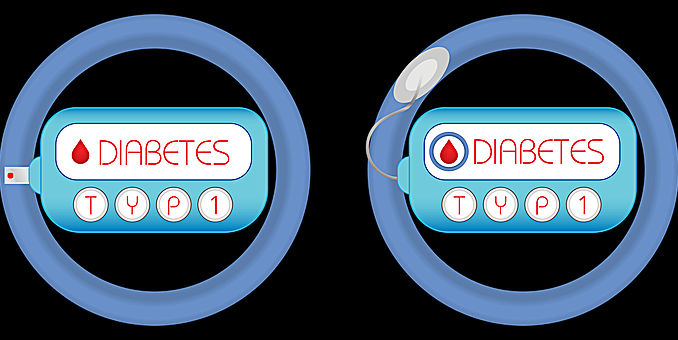
Early detection of medical conditions is key to proper treatment and management. Unfortunately, because this typically requires tests, often invasive, that are performed in a doctor’s office or medical lab, early detection does not happen as often as it should. New technology, however, holds the potential to diagnose diabetes with a simple smartphone-linked breathalyzer. It might be soon that I’ll leave my home in Carmel and before I start the day easily check my health by blowing into my phone.
Scientists are currently developing technologies that are capable of analyzing the volatile organic compounds in human breath. Better known as VOCs, these compounds provide insight into what is going on in the human body. In the case of diabetes, an elevated acetone level is a significant biomarker that can indicate a problem. Scientists are developing hand-held devices with adsorbent polymers to capture acetone from human breath and hold it onto it for analysis by a laser. The analysis will be able to show whether someone is diabetic. These non-invasive, portable breathalyzers could someday be the first line of defense for spotting diabetes in patients.
The first use of such technology would probably be in medical offices. Yes, means that early detection would still be dependent on making an appointment with the doctor. However, early detection would still increase with the use of this technology in-office. A quick breathalyzer puff is a more appealing option than painful blood tests. Doctors could quickly test every patient who came through their doors. Patients would be less resistant to undergoing a quick breath test than to having a blood analysis or giving a urine sample. Plus, since the breathalyzers would be reusable, this could keep the cost of testing down. The ease of testing every patient in a non-invasive way could increase the number of patients, both at-risk and not, who are regularly screened for diabetes.
Scientists are also developing similar portable breath tests for conditions like halitosis and lung cancer. While brushing one’s teeth is a good defense against bad breath, it would be handy as I left my home in Carmel to give a quick puff into my phone to remind me if I’ve forgotten to brush, or that the garlic from last night’s meal is still with me.
An advantage of these modern sensor technologies is that they can be used in pocket-sized formats. These sensors can be coupled with specialized personal medical devices that are small enough to carry with you all of the time. They also have the potential to work with personal electronic devices, such as sleep trackers and fitness monitors. Perhaps most importantly, these sensors can be used in conjunction with smartphone apps. Considering that smartphones have become a staple of modern life, phone-linked medical sensors have the potential to revolutionize medical detection and monitoring.
Therefore, someday, diabetes breathalyzer technology may be available for use by the general public. If people were to have access to a device that they could use in the privacy of their own home, they might be willing to test at the first sign of a problem. People often wait to see a doctor until their problems are too big to ignore, but a non-invasive, private smartphone breath analysis could change that picture. Personal breathalyzers could be the first step to early treatment. After getting a positive result from this simple at-home test, users could then see a doctor for an official diagnosis and a treatment plan.
Already, there are a few health sensor devices with smartphone compatibility on the market. One current device is a a that analyzes your blood alcohol content and send the information to your smartphone. The associated phone app keeps track of BAC levels, estimates when your level will return to zero, and gives you a place to record how many drinks you are consuming. Another smartphone medical analyzer on the market today is designed for diabetes monitoring. It is a blood glucose meter that connects to your phone, so you do not need a separate readout device. Rather, after using a test strip, the results show up on your smartphone screen. Plus, the meter’s smartphone app tracks results, so you always have an accurate picture of your health situation.
These current technologies give us a glimpse into what could be coming to the public market someday. Perhaps in the not-so-distant future, we will each have access to our own personal diabetes analysis kit. With just a simple puff of air into a a device that is linked to our smartphones, a handy medical app will let us know if we are living with diabetes. No one wants to receive a diabetes diagnosis, but if diabetes is the reality, the best time to find out is early on. With early detection, patients can learn to manage symptoms sooner and the instances of complications are reduced. Smartphone medical technology may be just the ticket to helping modern patients lead healthy lives in the best shape they can be.
